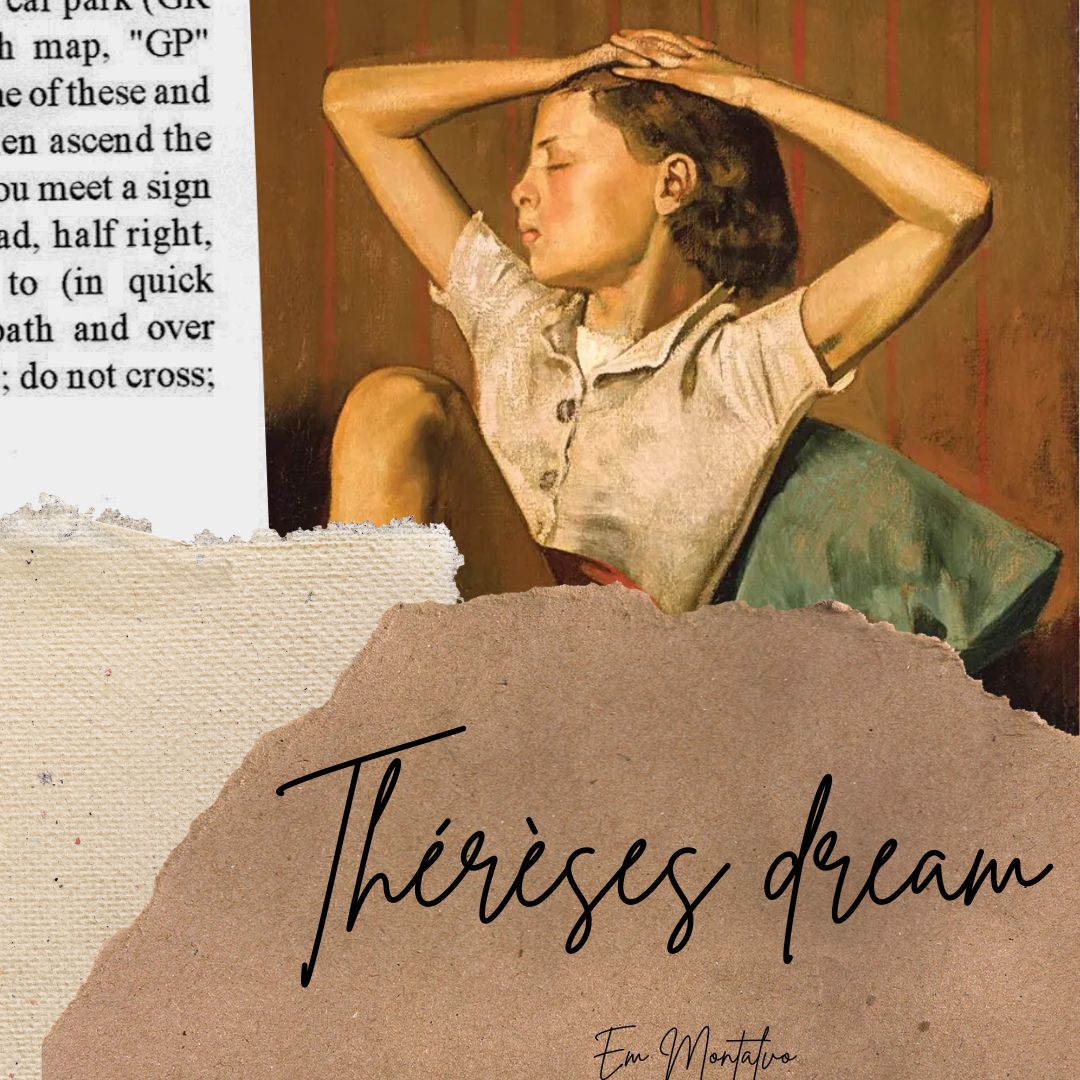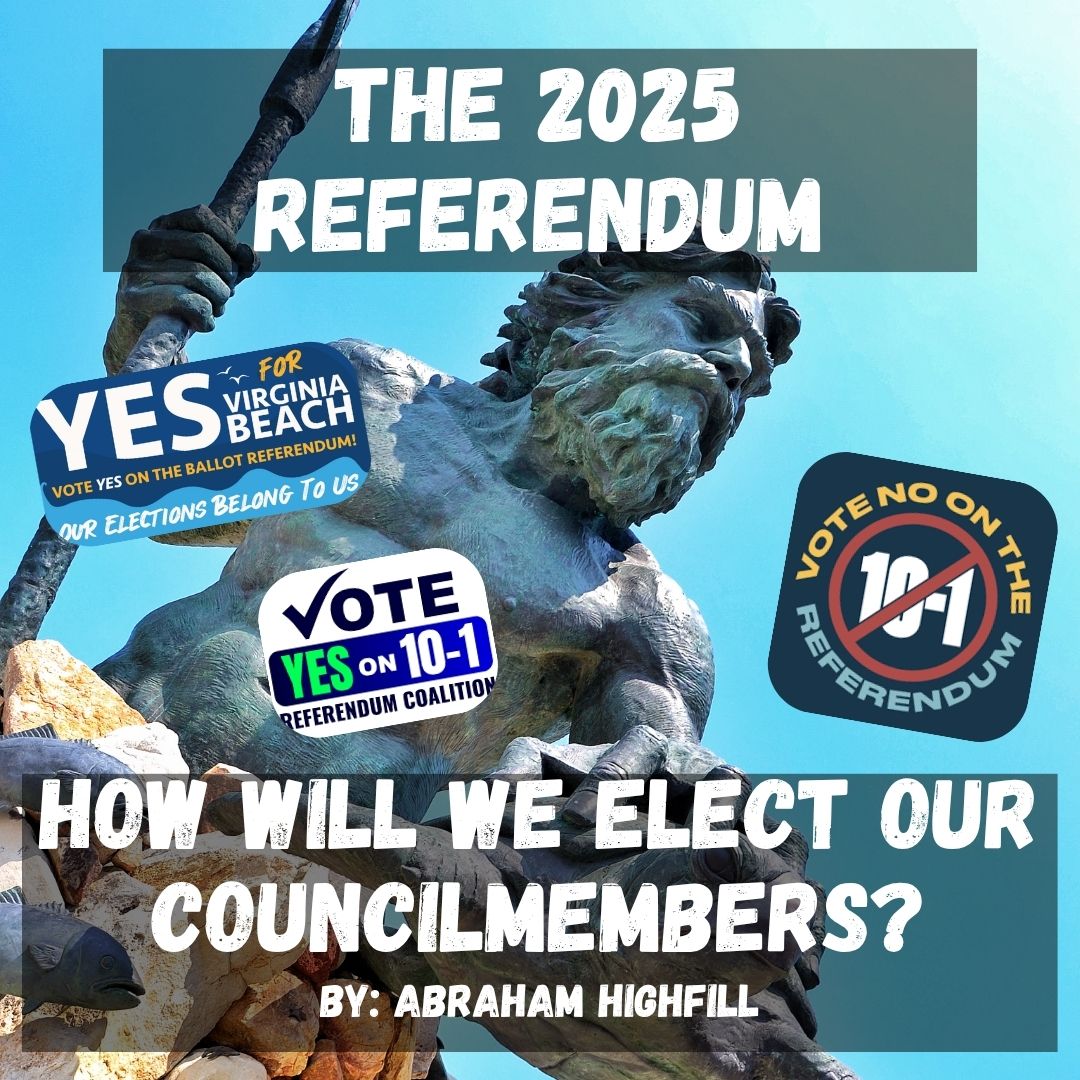‘Thérèse dreaming’ by Balthasar Klossowski is a popular painting at the Metropolitan Museum of Art (Met). It has gained popularity since Mia Merrell started a petition to remove the painting from display at the museum because some view it as a young girl in a suggestive pose.
Others believe that the painting isn’t suggestive at all and argue that even if some viewers see it that way it is not a reason to censor it and remove it from display. You can view the painting on the The Metropolitan Museum of Art website and judge for yourself.
As of now, neither the Met nor the National Coalition Against Censorship have agreed to remove the painting or alter its description, but regardless, it raises questions about art censorship.
“As a population, many don’t understand the difference between the modern view and the view of old,” said sophomore James Smith. “While in today’s eyes, the painting could be seen as concerning. In 1938, when it was made, it explored how children were seen as pure and untainted by the society they would soon live in.”
VPAA art students take an art history class during their freshman year to better understand how art has evolved throughout the ages. The impact of this painting potentially being censored shines a light on the changing ways society views art.
“There was nothing that was as inherently suggestive [in the painting],” said junior visual art academy student Cyprus Luehrs.
A larger conversation about the painting is the question of who is allowed to judge the content of an art piece. Artists? Someone who studies art for a living? Or someone who consumes art passively? Does one have more say in what should be shown over the other?
Merrell has no background in the arts or any experience being an art critic, giving her little credibility over having a say in what art is allowed in a professional art museum; however, she managed to get over 11,600 people to agree with her and sign her petition.
No matter what one’s personal opinion on the painting is, when and where we draw the line on displaying controversial art is still an important conversation to have. Should art on public display be censored? And if so, who decides what is appropriate and what is not?







